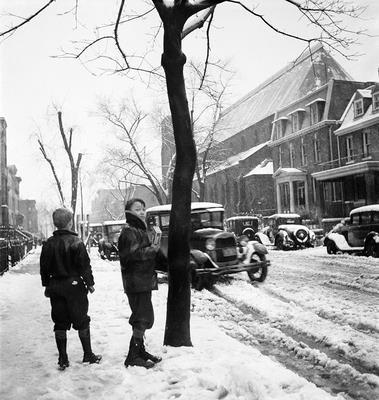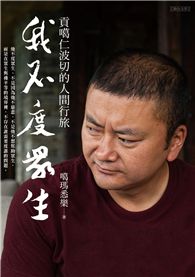Unseen images of the Great Depression from the famed chronicler of the African diaspora
Pierre Verger is considered one of the most outstanding photographers of the 20th century and a recognized researcher in the field of African Diaspora and religion studies. Verger traveled to the US in 1934 and 1937, during the Great Depression, producing a collection of stunning images that document America’s national symbols and the challenging social and economic atmosphere of the time.
Verger was able to capture with nuanced sensibility the cultural and racial diversity of a country where many citizens still confront segregation and poverty; his photographs constitute an extraordinary contribution to our understanding of 1930s America and to the growth of photojournalism, documentary and art photography.
In his introduction to this volume, Javier Escudero Rodríguez frames Verger s significant contribution to modern photography, as well as the lasting relevance of this new collection of images of the Great Depression. The 150 photographs included here--the majority of which have never been published before--were selected from 1,110 negatives, after meticulous research at the Pierre Verger Foundation in Salvador, Brazil.
French photographer, ethnologist, anthropologist and researcher Pierre Verger (1902-96) was born in Paris but lived most of his life in the city of Salvador, capital of the state of Bahia, in Brazil. Verger photographed some of the most renowned figures of his time, such as Chang Kai Chek, Diego Rivera, Leon Trotsky and Ernest Hemingway, but the bulk of his oeuvre was based on everyday life and popular culture across five continents. Verger also wrote several reference texts on Afro-Bahian culture and the Diaspora.












